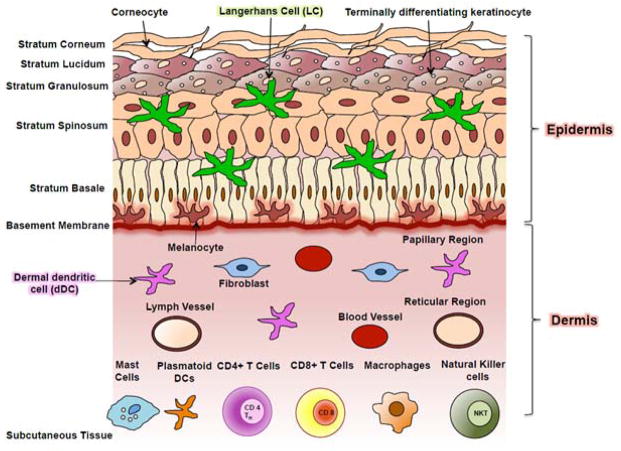Figure 1. Schematic of human skin structure and constituent cell types.
Skin is stratified epithelial composed of the epidermis and dermis. The epidermis is mainly comprised of keratinocytes. Basal keratinocytes undergo terminal differentiation to form the stratum spinosum, stratum granulosum, and stratum corneum barrier. Stratum lucidum is an additional layer present under the stratum corneum in areas of thick skin like palms of the hands and soles of the feet. Pigment producing melanocytes and antigen presenting Langerhans cells are also present in the epidermis. The dermis is a layer rich in connective tissue and is divided into the papillary and reticular regions. The dermis contains many cell types including fibroblasts that make collagen and other extracellular matrix molecules that provide skin mechanical toughness. Adipocytes, macrophage, mast cells, plasmatoid dendritic cells (pDCs), CD4+ T cells, CD8+ T cells, Tregs, and natural killer T-cells also abundantly present in the dermis apart from other structures including pilosebaceous unit, sweat glands, nerves, blood and lymphatic vessels. Adapted from Nestle et al., 2009 [23].

